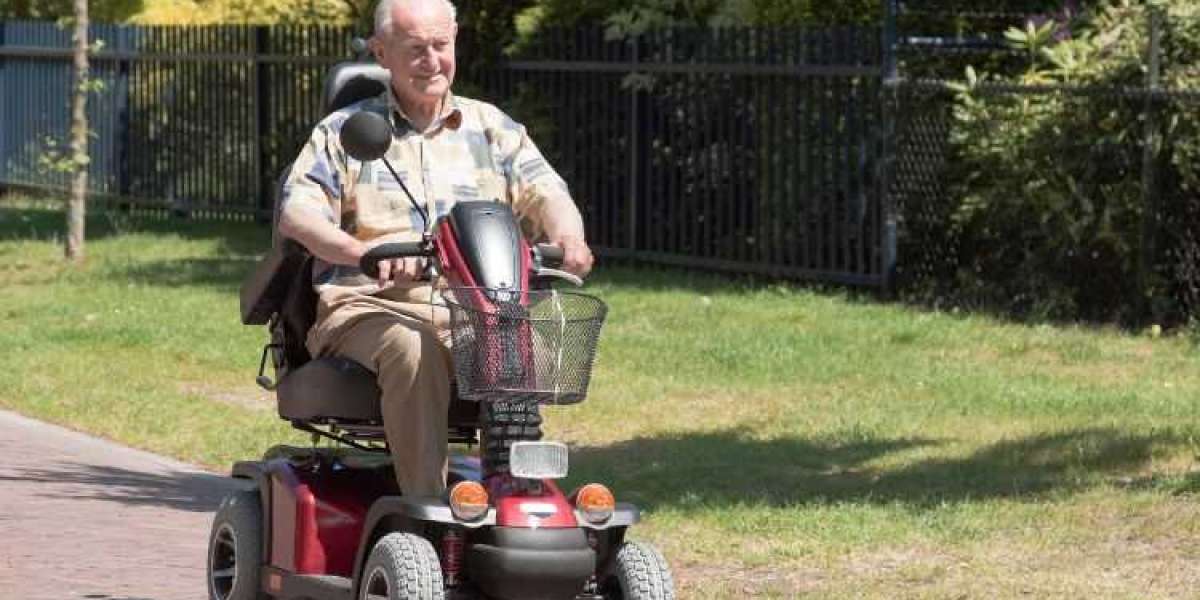In an age where inclusivity and accessibility are increasingly recognized as essential pillars of society, mobility scooters emerge as vital tools in the quest for autonomy and participation for those with limited mobility. The global mobility scooters market size, which attained a value of about USD 2.08 billion in 2023, stands as a testament to the growing awareness and need for these assistive devices. Forecasted to grow at a Compound Annual Growth Rate (CAGR) of 6.43% during the period of 2024-2032, it is poised to reach nearly USD 3.63 billion by 2032. This growth not only highlights the technological advancements within the field but also underscores the increasing recognition of the importance of mobility scooters in enhancing the independence and quality of life for individuals with mobility challenges.
I. Introduction
Mobility scooters, characterized by their motorized operation and ease of use, offer a new lease on life for those who find walking difficult or impossible due to age, disability, or injury. They serve not just as a means of transport but as a gateway to independence, allowing users to partake in daily activities and engage with their communities without the constant need for assistance.
Despite their advantages, individuals with limited mobility face numerous challenges. From navigating inaccessible public spaces to battling societal misconceptions, the journey towards independence is fraught with obstacles. Mobility scooters, however, stand as a beacon of hope, promising a path to a more accessible and inclusive world.
II. Understanding Limited Mobility
Limited mobility can stem from various causes including aging, disabilities, and injuries. This impairment significantly affects one’s ability to perform daily activities and participate in social events, leading to potential isolation and a diminished quality of life. The need for assistive devices like mobility scooters is crucial in overcoming these barriers, enabling individuals to regain a sense of normalcy and independence.
III. The Role of Mobility Scooters in Empowerment
Mobility scooters provide users with increased freedom and independence, facilitating participation in social activities and community life. They enhance mobility and access to essential services, empowering users to navigate their environments with ease. The impact of these devices on empowerment and autonomy cannot be overstated, as they significantly contribute to the user's ability to lead a fulfilling life.
IV. Advancements in Mobility Scooter Technology
The evolution of mobility scooter design and technology has been remarkable. From the introduction of lightweight and foldable models that enhance portability to the integration of smart technologies for safety and convenience, these advancements have made mobility scooters more accessible and user-friendly. Such innovations are a driving force in the market’s growth, offering solutions that meet the diverse needs of users.
V. Personal Stories and Testimonials
The true impact of mobility scooters is best understood through the stories of those whose lives have been transformed by them. Individuals have shared how these devices have enabled them to pursue passions and goals that were once thought unattainable, improving their mental health and overall well-being. These narratives not only highlight the device's practical benefits but also its profound influence on personal empowerment and life satisfaction.
VI. Addressing Stigma and Misconceptions
Despite their benefits, mobility scooters are often surrounded by stigma and misconceptions, leading to stereotypes and discrimination. It is crucial to challenge these narratives and educate the public on the diverse needs and abilities of mobility scooter users. Promoting positive stories and highlighting the device's role in enhancing independence can help shift societal perceptions and foster a more inclusive environment.
VII. Overcoming Accessibility Challenges
Mobility scooters play a significant role in advocating for improved accessibility in public spaces. Collaborating with policymakers and urban planners to address infrastructure barriers is essential for creating an environment where mobility scooter users can navigate freely and safely. Ensuring equitable access to these devices is also crucial, as it directly impacts the ability of individuals with limited mobility to participate fully in society.
VIII. Empowerment Through Community Support
The importance of community support cannot be overstated. Peer support networks and community organizations play a vital role in enhancing the experiences of mobility scooter users. Sharing resources and information helps users navigate the challenges they may face, while advocacy efforts are critical in promoting the rights and needs of the mobility-impaired population.
IX. Future Directions and Opportunities
The future of mobility scooters holds promising opportunities for innovation and customization, addressing the unique needs of each user. Tackling affordability and accessibility barriers is essential for ensuring that everyone who needs a mobility scooter can obtain one. The potential for collaboration and partnerships remains vast, with the possibility of advancing the mobility scooter industry to new heights.








